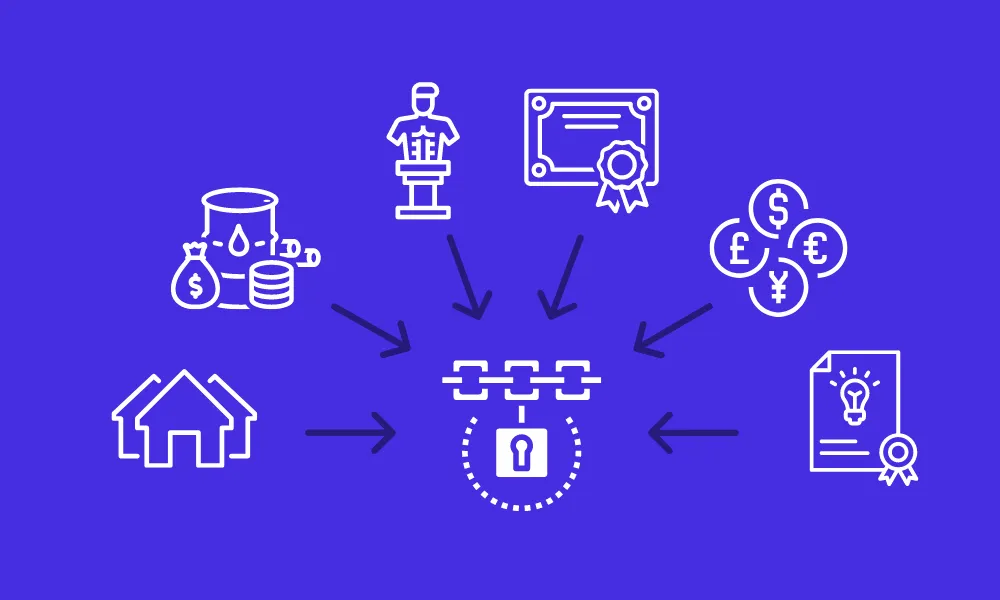Permissioned vs. Permissionless Blockchains: Choosing the Right Model for Business Applications
As blockchain technology revolutionizes various industries, businesses face a critical decision when implementing blockchain solutions: choosing between permissioned and permissionless models. This comprehensive guide explores the key differences between these two approaches and helps organizations make informed decisions based on their specific needs and objectives.
Understanding Permissioned Blockchains
Permissioned blockchains operate as closed ecosystems where participants must receive authorization before joining the network. These systems typically function under centralized governance structures, making them particularly attractive for enterprises that require strict control over their network participants and data access.
These networks excel in situations requiring high privacy and security standards. For instance, major financial institutions like JPMorgan Chase have implemented permissioned blockchain networks for internal transaction processing and client services. The Hyperledger Fabric, supported by IBM and the Linux Foundation, demonstrates how permissioned blockchains can be customized for specific business needs while maintaining high performance standards.
However, the implementation of permissioned blockchains comes with significant considerations. While they offer enhanced privacy and faster transaction speeds, organizations must be prepared for substantial initial investments in infrastructure and ongoing maintenance costs.
Understanding Permissionless Blockchains
Permissionless blockchains represent the original vision of blockchain technology – open, transparent, and accessible to all. Bitcoin and Ethereum serve as prime examples of this model, where anyone can participate in the network without prior approval.
These networks derive their strength from decentralization and widespread participation. The absence of central authority makes them particularly resistant to censorship and manipulation. For example, the DeFi (Decentralized Finance) movement has flourished on permissionless platforms, enabling innovative financial services without traditional intermediaries.
Yet, this openness comes with trade-offs. Transaction speeds can be slower due to the resource-intensive consensus mechanisms required to maintain security across a vast, open network. The Ethereum network's congestion issues during peak usage periods illustrate this limitation.
Key Differences and Business Implications
The choice between permissioned and permissionless blockchains fundamentally affects how organizations operate and scale their blockchain initiatives. Permissioned systems offer greater control and compliance capabilities, making them suitable for regulated industries like healthcare and finance. Conversely, permissionless systems excel in scenarios requiring maximum transparency and trustless operations.
Consider a supply chain management system: A permissioned blockchain might be ideal for tracking sensitive supplier information and maintaining confidential business relationships. However, a permissionless approach could better serve a transparent, fair-trade initiative where public verification of product origins is crucial.
Making the Right Choice for Your Business
Selecting the appropriate blockchain model requires careful evaluation of several factors:
Regulatory Compliance: Industries subject to strict data protection laws may find permissioned blockchains more suitable for ensuring compliance.
Performance Requirements: Applications requiring high transaction throughput might benefit from the optimized performance of permissioned networks.
Cost Considerations: While permissioned blockchains have higher initial costs, they may prove more cost-effective for specific use cases compared to the ongoing transaction fees in public networks.
Conclusion
The choice between permissioned and permissionless blockchains ultimately depends on your organization's specific needs, regulatory requirements, and business objectives. While permissioned blockchains offer greater control and privacy, permissionless systems provide unmatched transparency and accessibility. Success in blockchain implementation comes from carefully aligning these characteristics with your business goals and operational requirements.
As blockchain technology continues to evolve, organizations must stay informed about the latest developments in both models to make decisions that support their long-term strategic objectives while maintaining operational efficiency and security.









